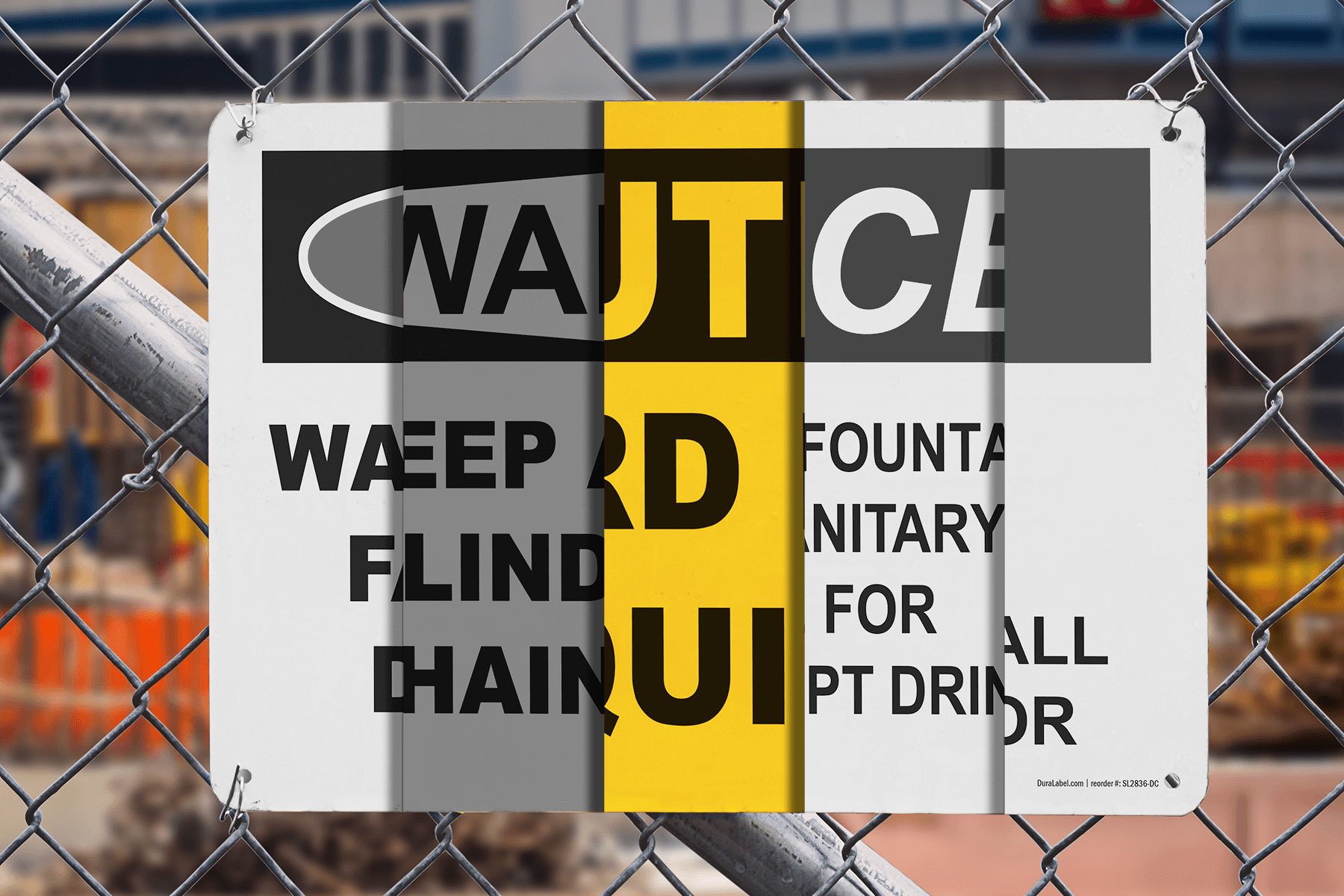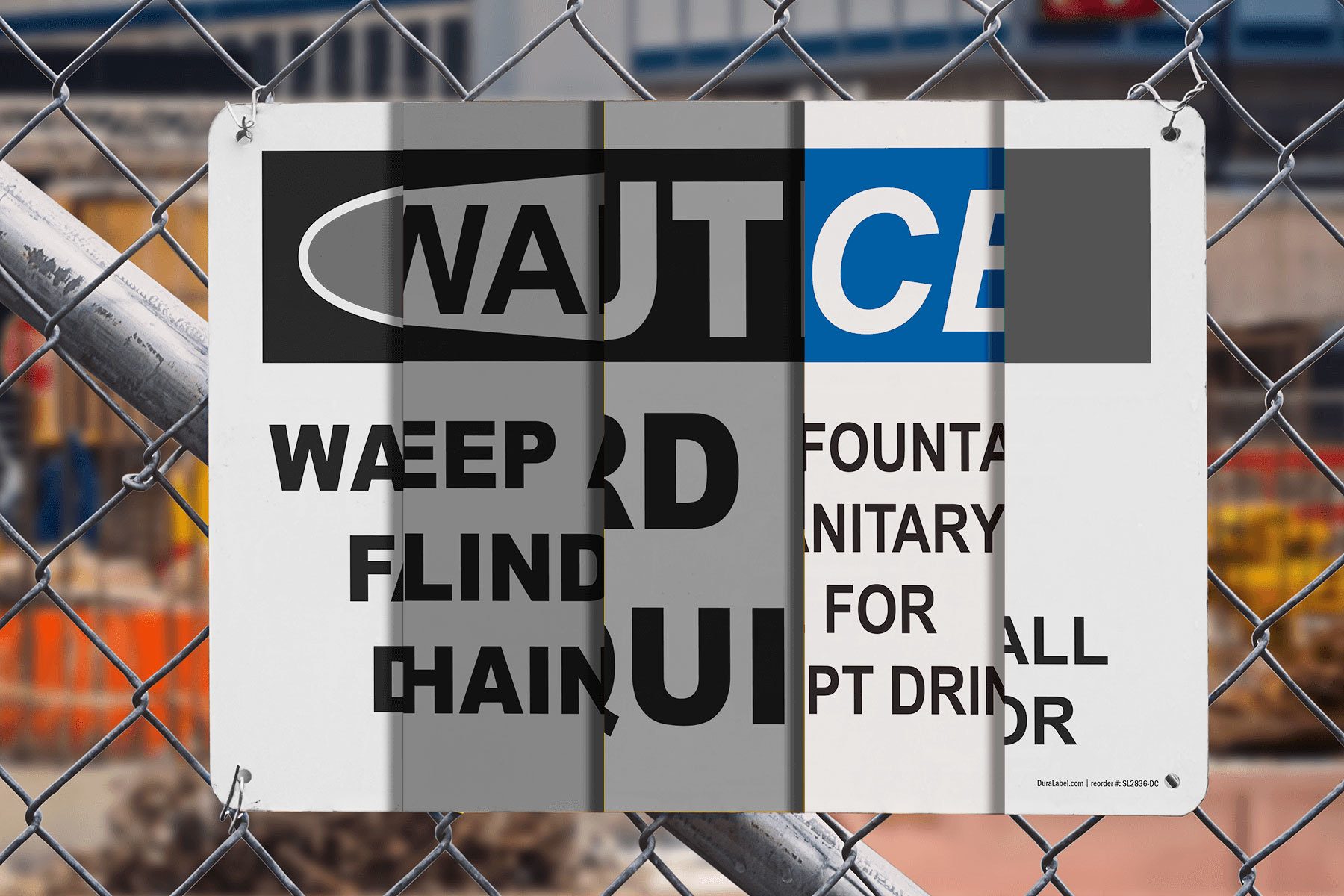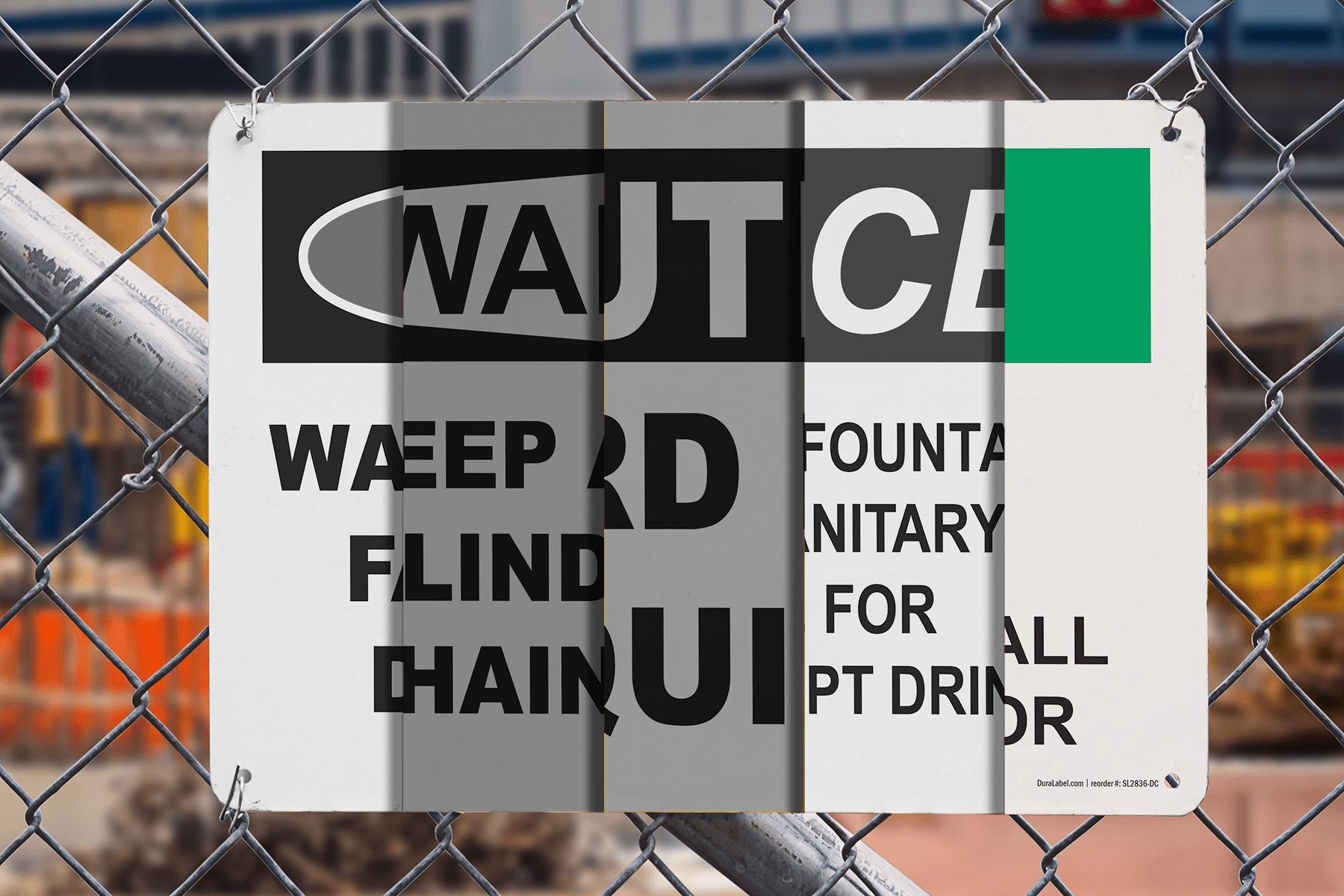Pictures worth 1000 words
Symbols in safety signage supply easily recognizable and universally understood representations. They transcend language barriers and aid in quickly grasping vital information. Commonly used symbols instantly communicate the types of hazards present in an area, if not the immediate source of the danger.
1. Skull and Crossbones: This symbol warns of toxic or deadly hazards, such as chemicals or pesticides. Its universally recognizable depiction effectively conveys the severity of the danger, promoting caution.
2. Exclamation Mark: The exclamation mark symbol indicates a potential hazard or danger ahead. It helps individuals become aware of potential risks and encourages them to exercise caution in the given area.
3. Flame: Standing for either fire or flammable materials, the flame symbol is prominently used in areas where fire hazards exist. Its simplicity aids in understanding the potential danger and prompts individuals to take necessary precautions.
4. Cross: The cross symbol often identifies the presence of first aid or medical help. It is used to direct individuals to first aid stations or emergency medical services, ensuring quick access to necessary care in case of injury or medical emergencies.
5. Hard Hat: This symbol signifies the requirement for personal protective equipment, specifically hard hats, to protect against head injuries. It is commonly used in construction sites and other areas where head protection is essential, reminding individuals of the importance of safety measures.
6. Hand and Eye: Depicting eye and hand protection, this symbol indicates the need for using personal protective equipment to safeguard against eye or hand injuries. It is often found in manufacturing or construction sites, serving as a visual reminder for individuals to prioritize their safety through proper PPE.
7. No Smoking Symbol: The no smoking symbol shows areas where smoking is prohibited due to the risk of fire or explosion. It is commonly seen in places such as gas stations or near flammable materials. This symbol effectively communicates the importance of refraining from smoking in these areas to prevent potential hazards.
8. Arrows: The arrow symbol is used to encourage direction or movement. In safety signage, it guides individuals towards emergency exits or safe areas during critical situations. The simplicity and universality of the arrow symbol helps people quickly understand where they need to go to ensure their safety.
9. Stop Sign: The stop sign symbol is a recognized indicator that individuals need to pause or halt their actions. It is commonly used in areas with potential dangers, such as crosswalks or near heavy machinery. The stop sign encourages individuals to be aware of their surroundings, emphasizing the importance of stopping a process to check for danger.
Use science to improve safety
Safety signs have a significant impact on workplace safety, efficiency, and compliance. Employers can harness the psychology of colors and symbols to effectively communicate vital information, prevent accidents, and foster a culture of safety. Here are some key considerations:
1. Strategic color selection: Choose colors that align with the desired emotional response and level of urgency. Utilize red and orange for warnings and dangers, yellow for caution, blue for guidance, and green for safety and positive reinforcement.
2. Symbol clarity and universality: Select symbols that are easily recognizable and understood across diverse cultures and languages. Simple yet meaningful symbols can effectively convey important messages without the need for extensive explanation.
3. Consistency and repetition: Reinforce safety messages through consistent use of colors and symbols throughout the workplace. Repetition enhances recognition and helps individuals internalize safety practices.
4. Employee education and training: Provide comprehensive training to employees on the meanings of colors and symbols used in safety signage. Ensure they understand the importance of adhering to safety protocols and the role of colors and symbols in promoting a secure work environment.
5. Compliance with regulations: Keep abreast of safety standards and regulations to ensure that safety signage meets the required criteria. Compliance not only enhances workplace safety but also protects businesses from potential penalties and legal liabilities.







